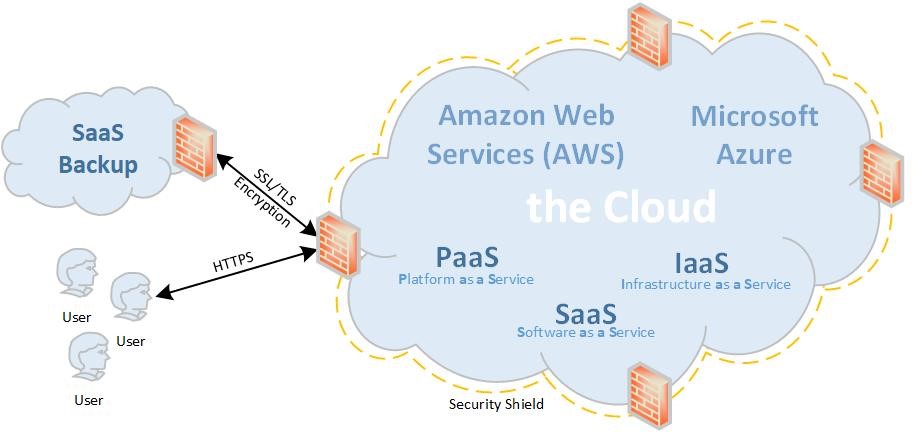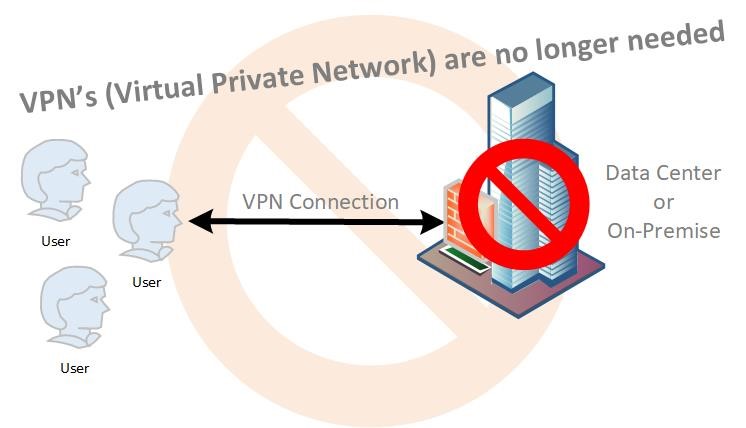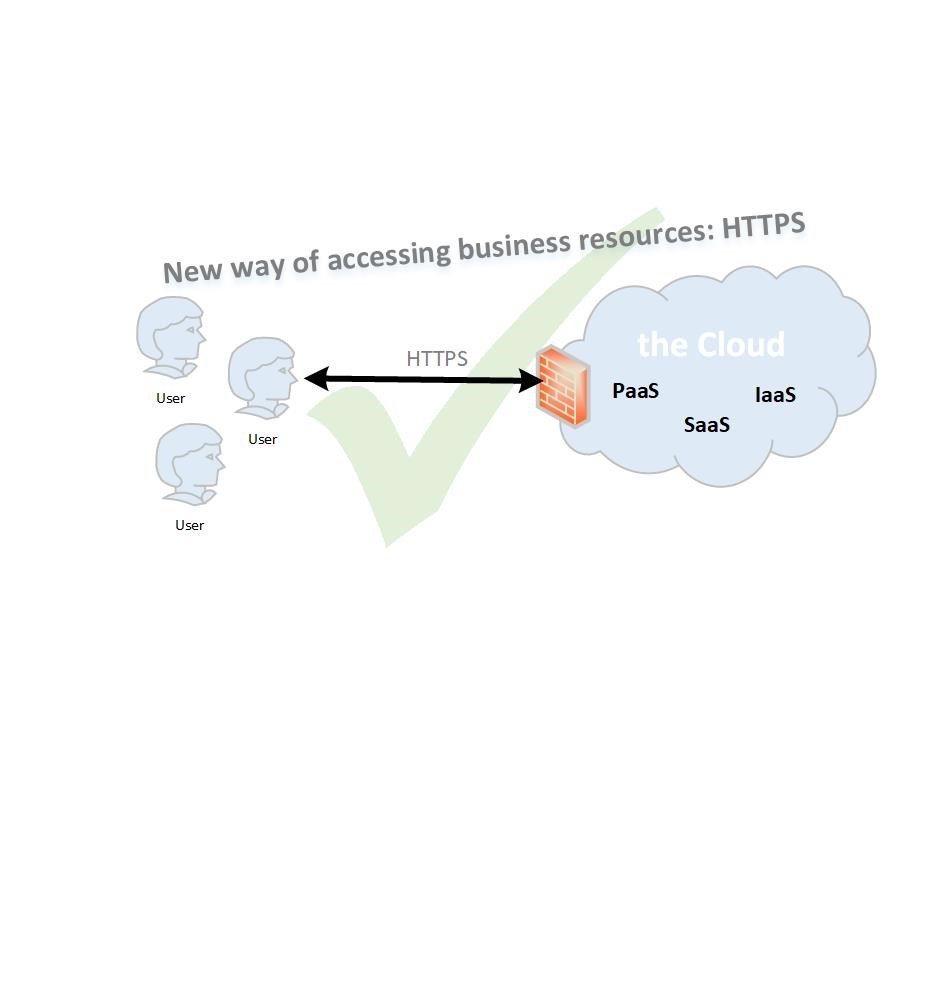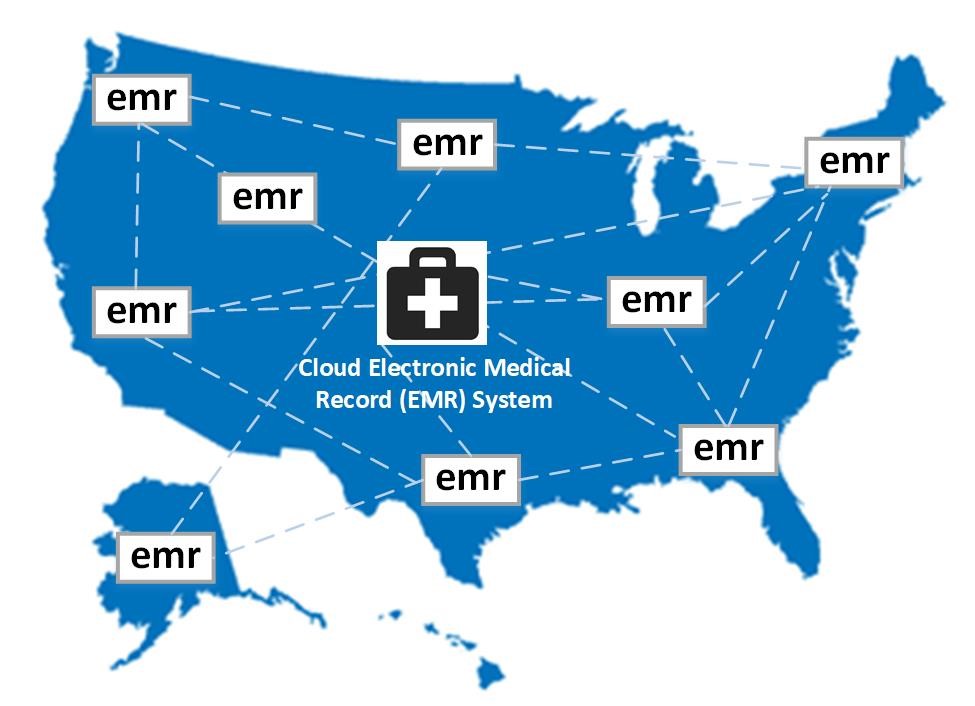Cloud computing has come of age in the healthcare industry. While a decade ago the concept was foreign to many in the sector, today cloud computing is being considered and adopted by the majority of healthcare organizations. It is becoming the norm as the technology barriers have weakened and the benefits have become more apparent.
Nonetheless, there are still those in the healthcare sector who are hesitant to move to the cloud due to concerns about availability, uptime, transparency, and -- above all -- security. With the right cloud strategy, however, security does not have to be an issue.
The Benefits of Cloud Computing for Healthcare
While many industries benefit from the cloud, the advantages for the healthcare industry are particularly compelling. Cloud computing makes it far easier to archive and access patient records and medical images. The cloud also makes it easier for healthcare providers to collaborate and offer care. It saves costs by minimizing the need for in-house storage and IT support. The cloud opens up opportunities to share healthcare data and create even more comprehensive data pools for everyone to learn from, leading to better outcomes and saved lives.
Using PaaS, IaaS and SaaS to Create a Cloud-Based Network
Today, cloud providers are leveraging the latest technologies to offer Platform-as-a-Service (PaaS), Infrastructure-as-a-Service (IaaS) and Software-as-a-Service (SaaS) solutions. With these, it is possible to design a 100% fully functional cloud-based network to run a healthcare organization.
The key is finding the right SaaS, PaaS and IaaS providers that can provide the appropriate security requirements, hosted infrastructure and scalability to grow the business on demand. The first step is to develop an extensive Vendor Risk Assessment process to eliminate those vendors that do not comply with healthcare’s rigorous security compliance requirements. In addition to looking at vendors’ security compliance capabilities, such issues as API integration and/or Single Sign-On using Multi-Factor Authentication for secure authentication limitations need to be considered. For example, if a healthcare IT department doesn’t have an on-premise Domain Controller with Active Directory, and uses Microsoft Azure Active Directory (AzureAD) instead, they will want to implement AzureAD Single Sign-On to access the hosted resource. This can be very tough as many cloud service providers do not offer AzureAD Integration...yet.

Rethinking the Network Infrastructure
The toughest part of building a 100% IaaS, PaaS and SaaS solution is letting go of the “old” way of doing things. Many on-premise network techniques are no longer used in the cloud, so IT professionals must transform their way of thinking about basic network design.
In a cloud environment, everything is software configurable, along with many PowerShell commands. With that, IT professionals can route and link other SaaS, PaaS and IaaS solutions together for business integrations. Virtual Private Networks (VPN) are no longer needed or used to access systems or business data. Instead, Application Program Interface (API) integration or connectors are used, along with Internet Protocol (IP) Routing within secure cloud Subnets or Virtual Networks (vNets), to build a network.

As a result, only an HTTPS or an API connector needs to be used for access. This can require some internal education, because employees may be used to using VPNs to get into the company’s private network for remote access.

Backing up and Protecting Data
It is strongly recommended that you have a backup set of your data outside of the SaaS solution you use. This scenario protects from something happening to your hosted subscription and data or if you get hit by a ransomware attack. While your SaaS provider should back up and protect your data within their ecosystem based on the contracted Service Level Agreement (SLA), you will also want to have your data backed up outside of the SaaS ecosystem. This allows you keep control of your critical business data while still enjoying the scalability, cost effectiveness and flexibility of the cloud.
Subscription Versus Licensing
Most hosted providers offer a subscription model for using their product. This is the preferred approach for IT executives, because it allows the organization to maintain a consistent IT licensing cost, and to only pay for actual real-time usage as the business grows. This also keeps the licensing usage current, and avoids the risk of using unlicensed software.
The Future of Healthcare Technology
As we move more healthcare systems into the cloud, we now have the ability to start thinking about cloud-based Electronic Medical Records (EMR) that bring healthcare systems together and create ease of access. This does not mean moving or merging healthcare data to a centralized storage location. It means you can continue using your invested system and also access EMR data across other healthcare systems as connected API’s within the cloud infrastructure. This technology allows for a new private healthcare network which connects healthcare systems together in the cloud securely as the data never leaves the original sourced systems. Consequently, this will allow for people to receive emergency care regardless of their location or health system without having to provide their past medical history, which may be stored in other EMR systems. Ultimately, cloud-based EMRs would improve the healthcare participant and provider experience.

Conclusion
The cloud is a highly effective platform for healthcare organizations to leverage, and security should not be an inhibiting factor to doing so. Cloud service providers can address many of the security features required for data protection, if you know how to choose the right one. Following the steps noted above can help guide you to a cloud provider that will provide the level of security, the quality of service and the availability of the stored information required for your business needs.
The views, opinions and positions expressed within these guest posts are those of the author alone and do not represent those of Becker's Hospital Review/Becker's Healthcare. The accuracy, completeness and validity of any statements made within this article are not guaranteed. We accept no liability for any errors, omissions or representations. The copyright of this content belongs to the author and any liability with regards to infringement of intellectual property rights remains with them.
